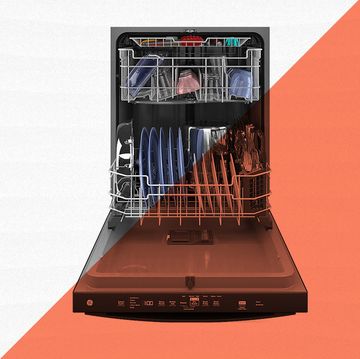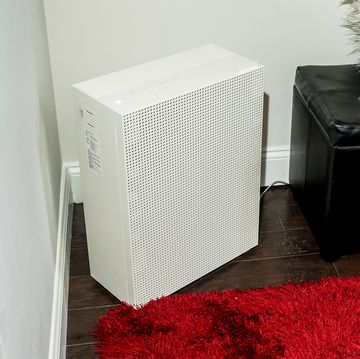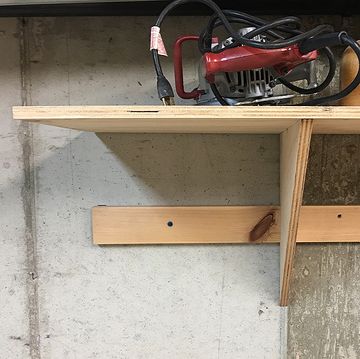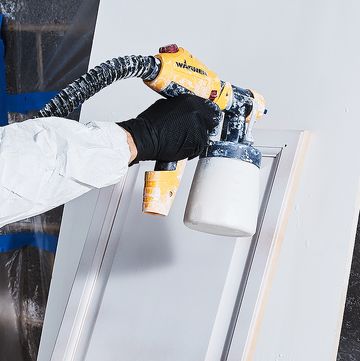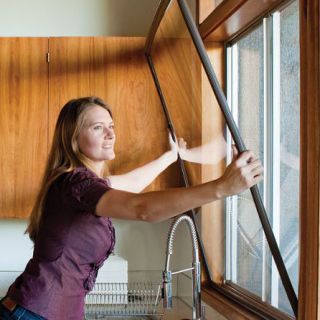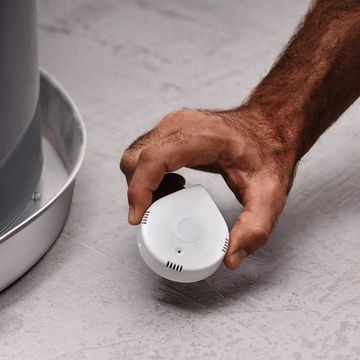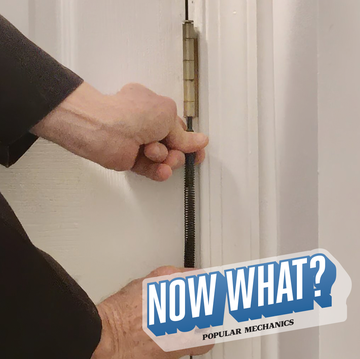Flooded Basement Rule #1: Get the Water Out Before You Go In
A flooded basement is more than a nuisance, it's an electrocution hazard. Let's say you've got an inch or so of water in the basement. Assuming the service panel is also in the basement, you can put some dry lumber down or use a small plastic step stool or a fiberglass step ladder to get above the water and switch off basement circuits. Next, plug a shop vacuum into a circuit upstairs and begin removing the water with that. Keep the vacuum cord and the extension cord out of the water as you work. Wear rubber boots, obviously, and proceed with caution.
A deeply flooded basement, on the other hand, is deadly. Once water reaches above the height of outlets, you've got a more profound risk of electrocution, especially if the service panel is also located in the basement. You can't go into the basement safely until it's drained, so call the fire department to get the basement pumped or rent a heavy-duty gas-engine pump (assuming the rental store has any left) and do it yourself. Get the hose into the water by feeding it down from the basement stairs.
The worst possible case is that you need to go into the basement while it's still flooded. The only way that can be safely done is when the house has been completely disconnected from the electrical grid by removing the electrical meter face from the meter pan. That being the case, you'll need to have an electrician, a utility employee or a specifically trained firefighter pull the meter face. If the house has gas service and there are flooded gas appliances in the basement, turn off the gas at the gas meter outside. To do this, use a wrench to turn the metal stub on the gas meter left or right so that it's perpendicular to the pipe.
Once you strap on the waders and prepare to go in, keep in mind the following:
A. The deeper the water, the more the hazard. In a deeply flooded basement, never go in alone. Someone should be standing by to be sure you come out safely.
B. Take a bright light with you. It's dark down there.
C. Watch your step. A flooded floor is slimy, slippery and littered with debris. And there are other hazards. Once, while wading waist-deep through a flooded basement, I stepped into an empty sump pit hole and instantly found myself tangled in hoses and extension cords that had been run to the pump which was standing on the floor elsewhere in the basement. There was no clue that the sump hole was there. Normally, you'd expect to see a discharge pipe. In this case, the pump used flexible hoses that ran to a pipe elsewhere. Lesson learned. Expect the unexpected.
Flooded Basement Rule #2: Don't Salvage Electricals or Gas Appliances
The National Electrical Manufacturers Association (NEMA) and the Gas Appliance Manufacturers Association (GAMA) agree that most flooded electrical and mechanical equipment should be replaced. That means you should remove and discard flooded outlets, switches and fixtures, wiring and gas-fired appliances. In almost all cases, flooded electrical motors should be replaced.
Drywall above the floodwater can be salvaged. Drywall below the floodwater should be replaced, along with any insulation that got soaked. Sometimes carpet can be dried, but more often than not it will need to be replaced along with flooring and wood trim.
Flooded Basement Rule #3: Take Steps to Keep It From Happening Again
There's a lot you can do to prevent a flooded basement. Consider exterior or interior foundation drains, a backup sump pump, or a generator to keep the pump going when the power goes out. Discharge gutter downspouts properly, slope ground away from the house and seal foundation flaws and cracks—this will also help.

Roy Berendsohn has worked for more than 25 years at Popular Mechanics, where he has written on carpentry, masonry, painting, plumbing, electrical, woodworking, blacksmithing, welding, lawn care, chainsaw use, and outdoor power equipment. When he’s not working on his own house, he volunteers with Sovereign Grace Church doing home repair for families in rural, suburban and urban locations throughout central and southern New Jersey.


